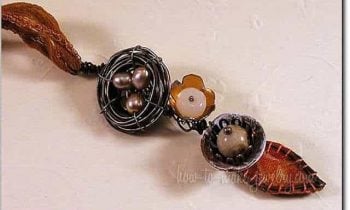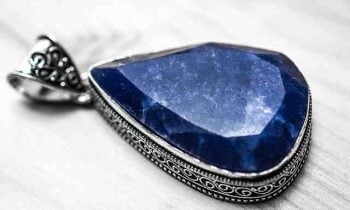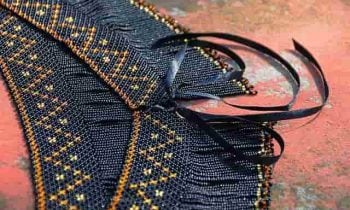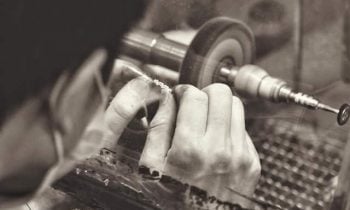You’re getting compliments on the jewelry you make. People start asking where you got them. Now, you’re thinking, “Hey I can make money out of this hobby”. So, you think of making a Facebook page for your designs and to start selling them. But before you do that make sure to determine the most important thing of all: pricing.
Putting a price on the jewelry you make can be very difficult. There are a lot of factors you’ll need to consider as well. But there are basic variables you’ll need to consider to start your computation. Not to mention, there are also a bunch of formulas that people have made over the years to determine a profitable selling price for their work.
One mistake people make is settling to sell their jewelry at extremely low prices thinking that the cheapness will be a great selling point. This isn’t always the case. Cheap prices can make possible customers suspicious of your products’ quality. They can also kill off your business early especially if you can’t make a profit.
Another thing you’ll need to consider is your overhead. The overhead is any expenses incurred that is not directly related to your product. Some examples of overhead are travel costs (if you go to far away jewelry shows to scout for materials), your tools, your office supplies and marketing costs (jewelry shoots and social media marketing). You should calculate all your overhead expenses and determine an amount to put up for each of your pieces.
Some jewelry makers also recommend choosing between wholesaling or retailing. Wholesaling will definitely speed up the selling aspect on your part. You’ll have a sure income but you’ll also might be sacrificing quality in support of quantity as you might need to work with quotas. Choosing retail usually entails going to jewelry shows to personally sell your products. This will incur other expenses such as food, gas and lodging if the show is in another state.
After considering all of these, you should finally compute your final pricing to reflect the following: (a) overall finish of your jewelry and (b) what you believe your target market will be willing to pay for your products. Keeping what your target market will go for is also an important aspect of marketing your jewelry pieces. These final considerations are greatly subjective so you’ll need prior knowledge or experience to determine your final asking price.
And of course, it’s always wise to ask your fellow jewelry makers how they determine their prices. Their previous experiences will surely help you out.
Here is a basic pricing formula that some jewelry makers use:
Price= ((cost of all materials used) x 4 + (hourly cost of your labor) + overhead costs (10% of the total)
Pricing the fruit of your labor can be a difficult task. You might have mixed feelings about overpricing it because of all the thought and labor that went into making them. At the same time, there is also the insecurity that no one will be willing to pay for your work leading to you severely underpricing your jewelry. The most important thing to develop is knowing the value of your product, all things considered. This may take years of experience to develop but you can start with the pricing formula above as a starting point.

 Common jewelry making mistakes beginners make and how to avoid them
Common jewelry making mistakes beginners make and how to avoid them DIY Birthstone Jewelry
DIY Birthstone Jewelry 5 must learn basic beading stitches for beginners
5 must learn basic beading stitches for beginners 6 essential tools you’ll need as a jewelry-making beginner
6 essential tools you’ll need as a jewelry-making beginner